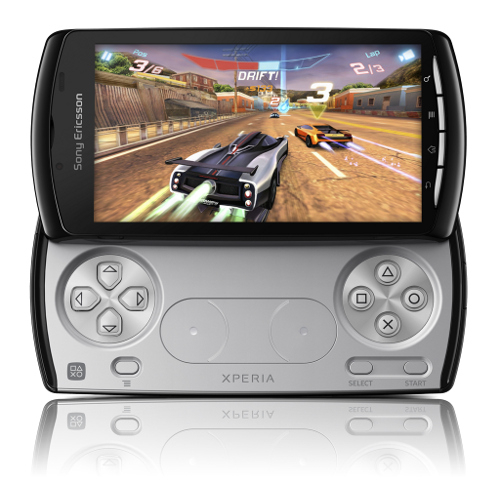
Xperia PLAY is a 4" touchscreen slider, but instead of sliding to reveal a keyboard like most slider phones, it reveals PlayStation-style controls and buttons like Sony Computer Entertainment's PSP Go. It's powered by Qualcomm's 1 GHz Snapdragon processor with the embedded Adreno GPU capable of 60fps playback 3D gaming. It also features 400MB RAM, support for up to 32GB MicroSD storage, a 5.1 megapixel flash camera, aGPS, Bluetooth 2.0, and 802.11 Wi-Fi with hotspot functionality.
Thanks to a patent application Sony Ericsson filed back in 2006 for a video game phone, rumors of a PlayStation phone have been persistent and long-running. But Sony Ericsson in January revealed that it wouldn't just be releasing a single phone, but a whole gaming platform that lets other Android smartphones become "PlayStation Certified."
This certification creates a new branch in Android applications which will include games optimized for PlayStation Certified devices and PlayStation One titles emulated to run on them. These will be accessible through the PlayStation Suite application which the PLAY will have built in.


Hi, Chad from Laos United
ReplyDeletegood blog keep it up I keep visiting home you visit my also thank.